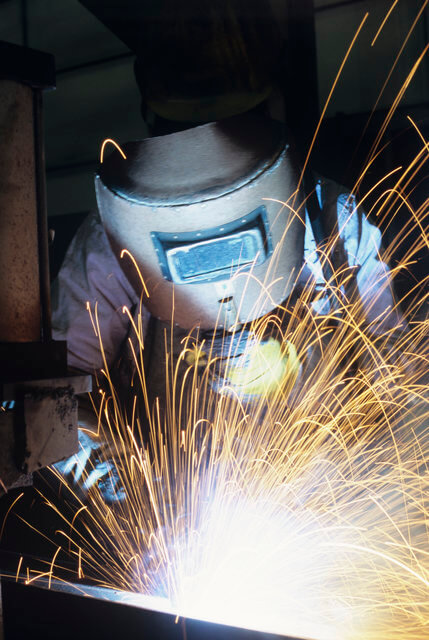While TIG (Tungsten Inert Gas) is one of the most common welding techniques in use today, the process of producing clean, high-quality welds is not that easy because there are lots of factors consider from the heat control, the technique being used, down to the skill of the welder. In short, TIG welding can be challenging to greenhorn welders.
So if you are struggling with proper TIG welding techniques or is in need of help in achieving certification in TIG welding, then you’ve come to the right place because in this entry we are going to tackle the 7 basic welding tips for beginners and hone your skills in producing high purity welds.
Use The Minimum Power
One of the basic TIG welding tips that you need to remember is that too much power can cause the weld to burn through. So use the minimum power as much as possible (or at least at a power setting that you can sustain) so you can come up with a puddle technique that is enough to create a strong and solid weld.
The Angle Of The Torch

The torch must be at least 15-20 degrees away from the surface material (and the path of travel) to allow easy access of the filler material and to have increased visibility of the part to be welded.
Keep The Materials Clean
Metals have to be clean to ensure a strong welding arc. For aluminum and stainless steel, it is recommended that you use a delicate brush for each type of metal. A few minutes can make a big difference in producing a better outcome.
Don’t Melt The Filler Rod Directly
Always remember how TIG welding works: The base metal is melted by the torch while the filler material is melted by the molten puddle. Avoid melting material directly as this will only result in a weak weld.
Wear Protective Gear
Tungsten electrodes emit a low level of radiation. So it’s a must that you wear a respirator to protect your nose and mouth. Likewise, we also recommend that you practice TIG welding at a properly ventilated area to prevent the dust from compromising the quality of work you are doing.
Use The Correct Type Of Tungsten
Working with different metals requires you to use the correct type of tungsten. For aluminum surfaces, you are advised to use green tungsten as much as possible. And for steel metals, you are advised to use red tungsten. As you go practice further, you will also find out that other types of metal will work well with different kinds of tungsten.
Working With Stainless Steel
And lastly, one of the basic TIG welding tips that you need to remember is being cautious when applying excessive heat when working with stainless steel. You can do this by simply observing the color of the weld.
If the coloring results in a golden to salmon-colored, then the heat applied is just enough. But if the color of the weld is dark to dirty gray, then excessive heat is being used and the material could warp.
To prevent problems in your future welding jobs, we recommend that you reduce the amps and increase the travel speed. You may also try reducing the thickness of the filler rod so that it can be melted easily with moderate heat.

